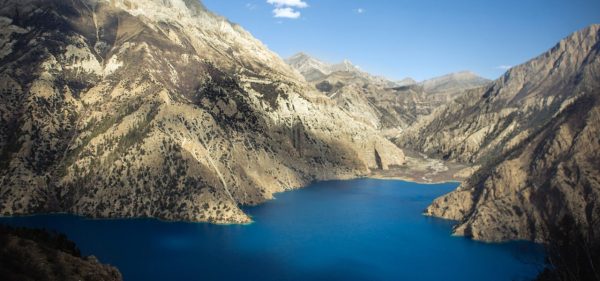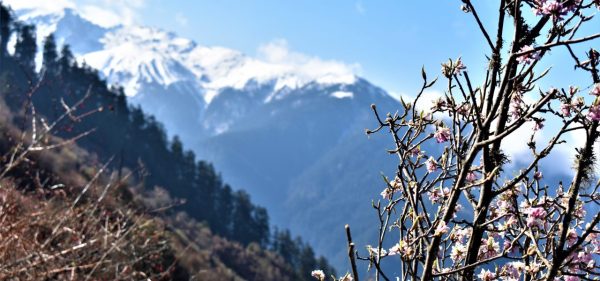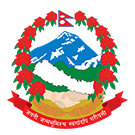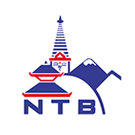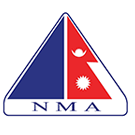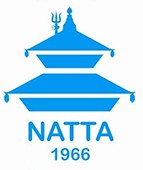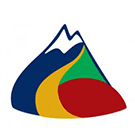Trip Facts
Trip Overview
Manaslu Circuit Trek- Trekking around the world’s Eight Highest Peak
The Manaslu Circuit Trek is a remote, scenic, and culturally rich trail in the Nepal Himalayas.
Opened to trekkers in 1992, the Manaslu Circuit Trek remains far less crowded than the Everest or Annapurna routes. This breathtaking trek loops around Mount Manaslu, the world’s eighth-highest peak at 8,163 meters.
Part of the renowned Great Himalaya Trail network, the Manaslu Circuit Trek lies just 40 miles from Kathmandu but feels far more remote and untouched. “Manaslu” derives from Sanskrit, meaning “spirit” or “soul,” reflecting the tranquil energy of the region.
Spanning approximately 180 kilometers, the Manaslu Circuit Trek takes you through awe-inspiring Himalayan wilderness and secluded mountain villages.
Along the Manaslu Circuit Trek, you will explore culturally rich villages like Lho, Samagaun, and Samdo. These Tibetan-influenced communities preserve ancient Buddhist customs, sacred traditions, and monastery architecture. Highlights include visits to revered monasteries like Mu Gumba and Rachen Gumba.
The locals live simply—raising livestock and cultivating crops on steep Himalayan slopes. Their warmth, hospitality, and devotion to Tibetan Buddhism enhance the authenticity of your Manaslu Circuit Trek experience.
One of the trek’s highlights is its rich biodiversity. The Manaslu Conservation Area is home to rare species like blue sheep, Himalayan marmots, langurs, and even the elusive snow leopard. With fewer crowds on the trail, you have a better chance of spotting wildlife in their natural habitat.
The trail begins at Machha Khola (900m) and steadily climbs through varied landscapes—from subtropical forests and alpine meadows to dramatic, snow-covered valleys. The highest point of the Manaslu Circuit Trek is Larkya La Pass (5,106 meters), offering breathtaking views of Mount Manaslu, Cheo Himal, and Annapurna II.
Every segment of the Manaslu Circuit Trek offers a blend of pristine nature and vibrant cultural immersion—making it one of Nepal’s most rewarding treks for those seeking both solitude and adventure.
Extend Your Trek: Manaslu Circuit Trek with Tsum Valley
For an even more immersive experience, consider extending your adventure with our Manaslu Circuit with Tsum Valley Trek itinerary. This longer route lets you explore the untouched beauty of the Tsum Valley, known for its peaceful landscapes and strong Tibetan influence.
Why Choose Nepal Sanctuary Treks for the Manalsu Circuit Trek?
With over 26 years of experience in Himalayan trekking, we design Manaslu Circuit Trek itinerary with safety, sustainability, and authentic cultural immersion at its core.
Our Manaslu Circuit Trek itinerary is fully customizable to suit your personal pace, fitness level, and interests. We specialize in both teahouse treks and camping treks along the Great Himalayan Trail, offering flexibility for trekkers of all kinds.
Our experienced Sherpa guides bring invaluable knowledge and insights into the rich local culture while ensuring your safety throughout the Manaslu Circuit Trek. With years of experience, our professional team knows the Manaslu Circuit Trek and surrounding regions intimately, ensuring a memorable and well-guided adventure.
We focus on small group sizes to provide personalized attention and maintain strict safety protocols. Our long-standing partnerships with trusted suppliers ensure carefully selected accommodations and reliable transportation throughout Manaslu Circuit Trek.
As a Travelife Certified company, we are committed to promoting sustainable and eco-friendly travel. When you choose Nepal Sanctuary Treks for your Manaslu Circuit Trek, you support local communities, help minimize environmental impact, and practice responsible tourism. Your safety, comfort, and unforgettable experience are our top priorities.
By trekking with us, you are not just embarking on an adventure—you are contributing to ethical, sustainable tourism while exploring one of Nepal’s most remote and pristine trekking trails. Join Nepal Sanctuary Treks for a purposeful and transformative Manaslu Circuit Trek.
Manaslu Circuit Trek Difficulty and Terrain
The Manaslu Circuit Trek is challenging yet achievable with proper preparation and physical fitness. The trek starts at 900 meters and climbs steadily to Larkya La Pass, reaching a height of 5,106 meters.
Expect rugged terrain with river crossings, rocky trails, and steep ascents that test your balance and endurance. You’ll trek 6 to 8 hours daily for about 14 to 18 days through changing altitudes and varied landscapes.
While no technical climbing is needed, long days at high altitudes can be tough. Prepare by focusing on cardiovascular endurance, leg strength, and hiking with a backpack.
Include mental resilience, flexibility, and balance exercises like yoga and Pilates for injury prevention and better mobility. A good fitness level will ensure you get the most out of your Manaslu Circuit Trek and have an enjoyable experience along the way.
Nepal Sanctuary Treks includes acclimatization days to help your body adjust to the high altitude safely. Proper hydration, pacing, and nutrition are key to completing the Manaslu Circuit Trek comfortably and safely.
Note: Below trekking hours, altitudes and distances are approximate, and absolutely for the general idea only.

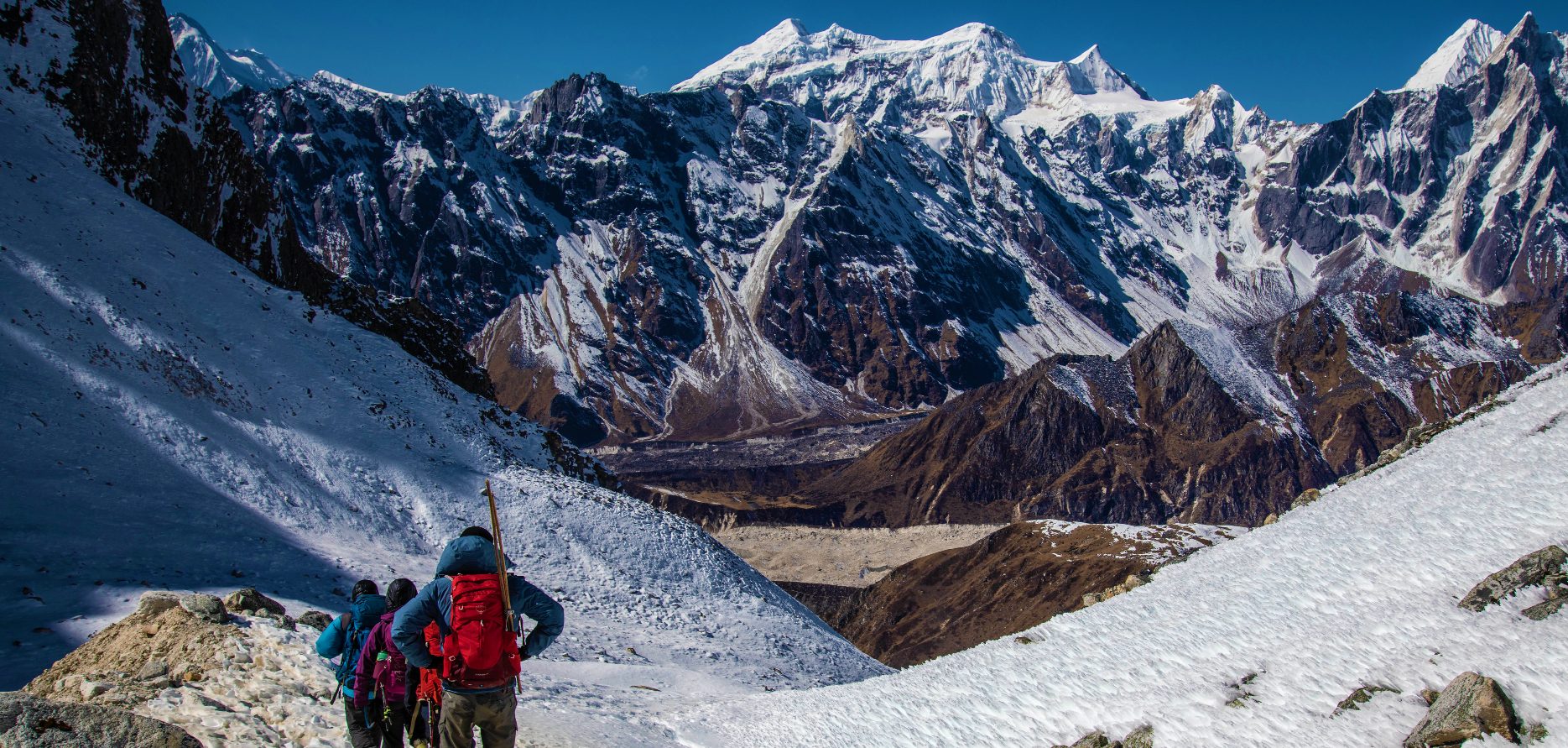
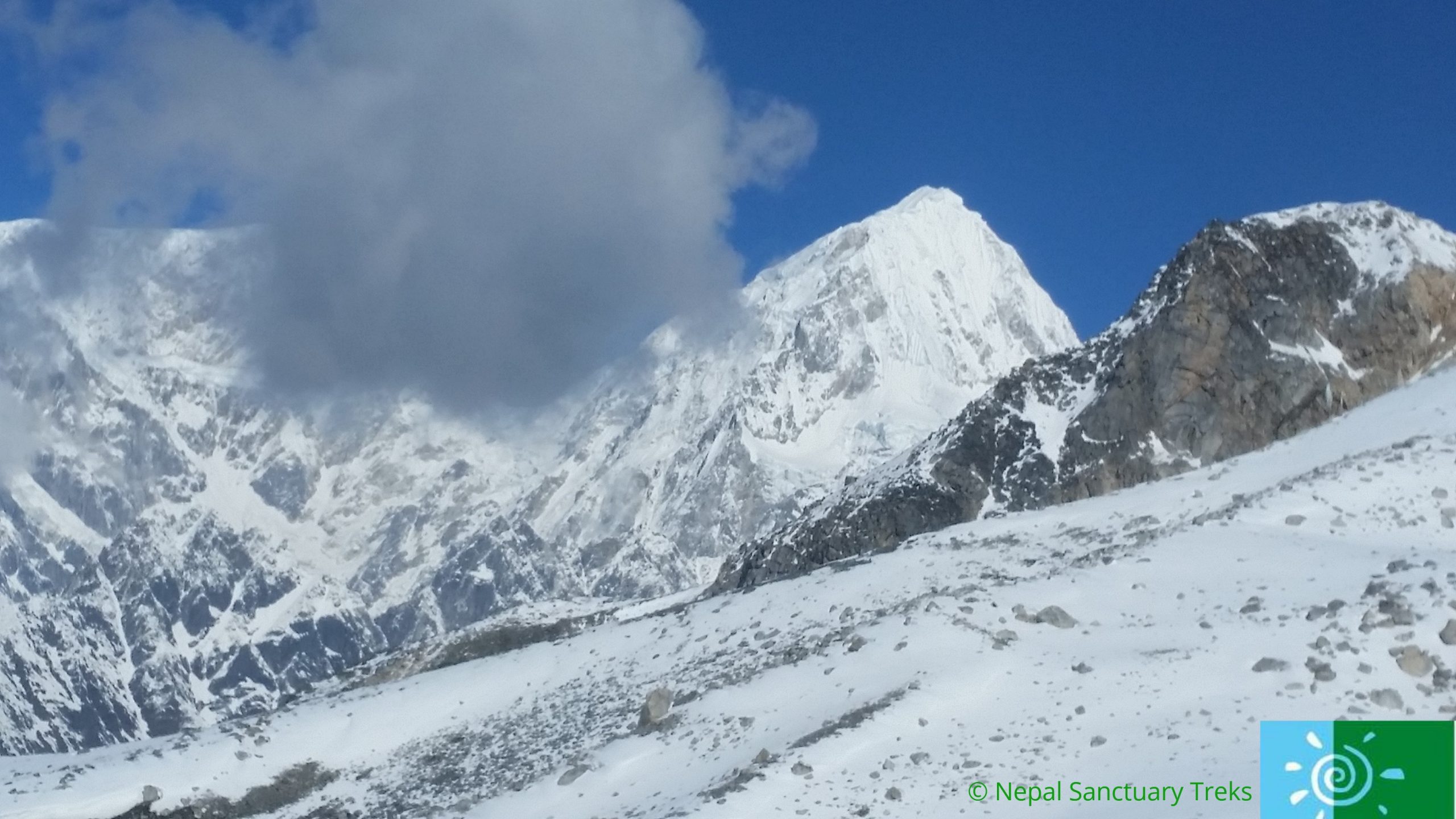
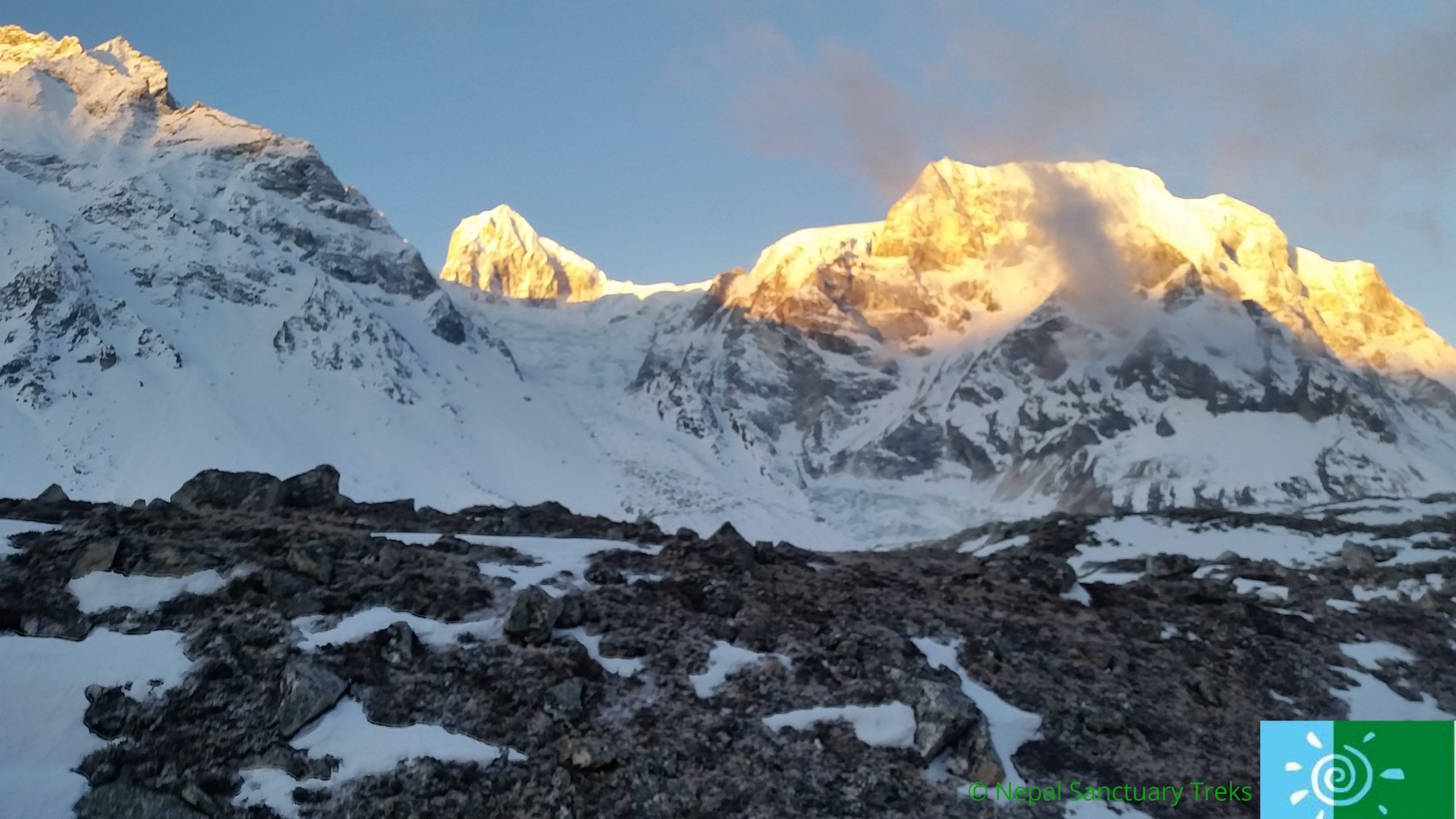
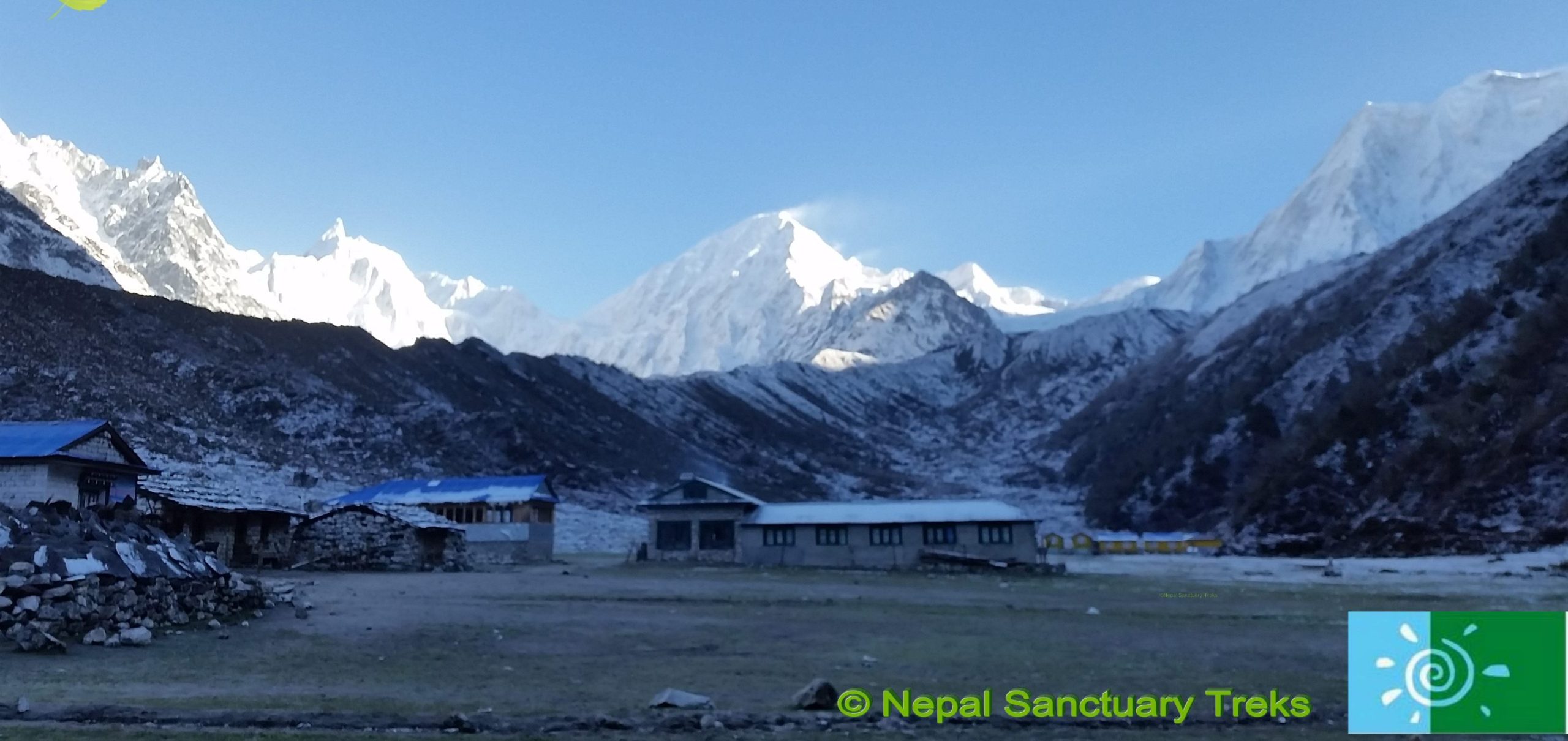
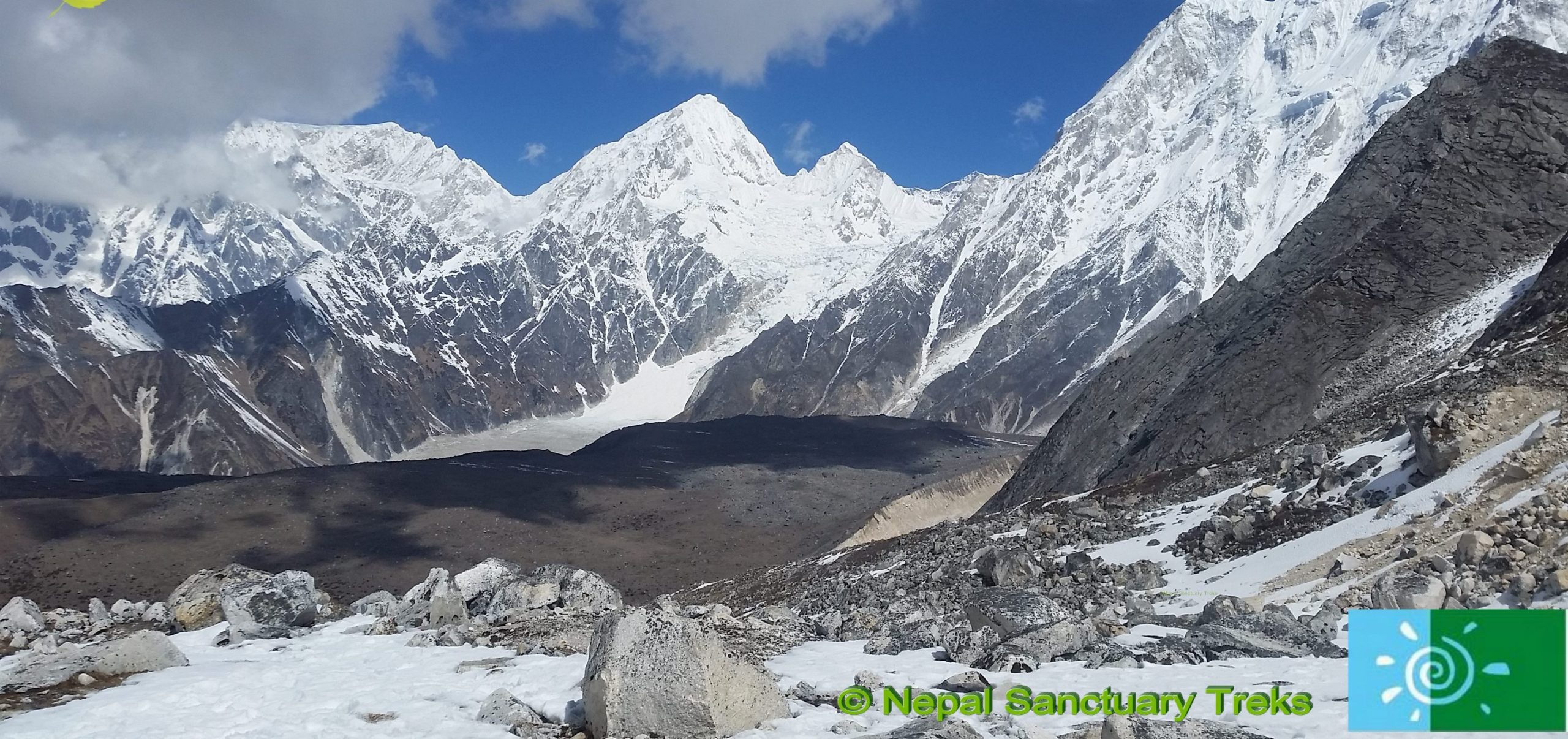

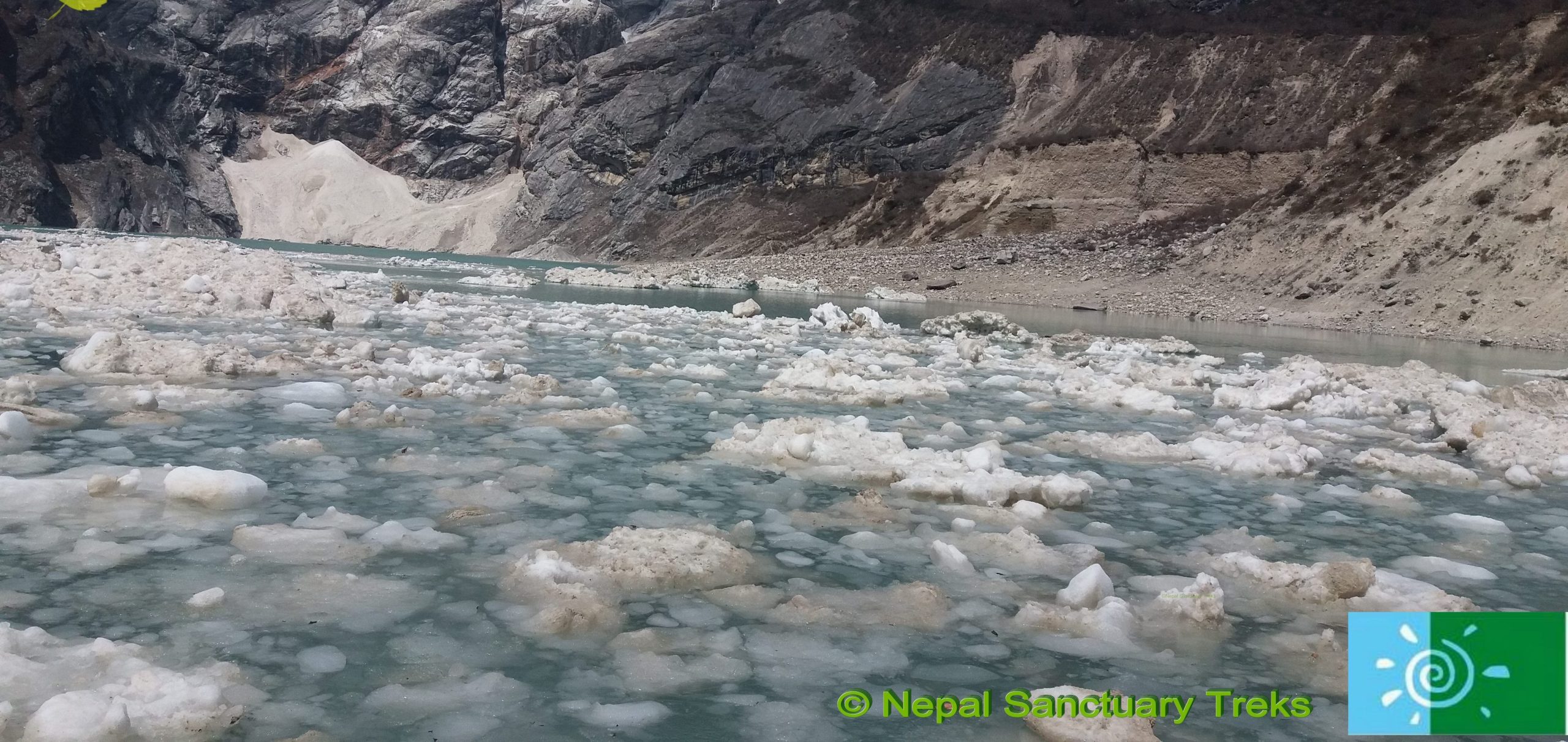
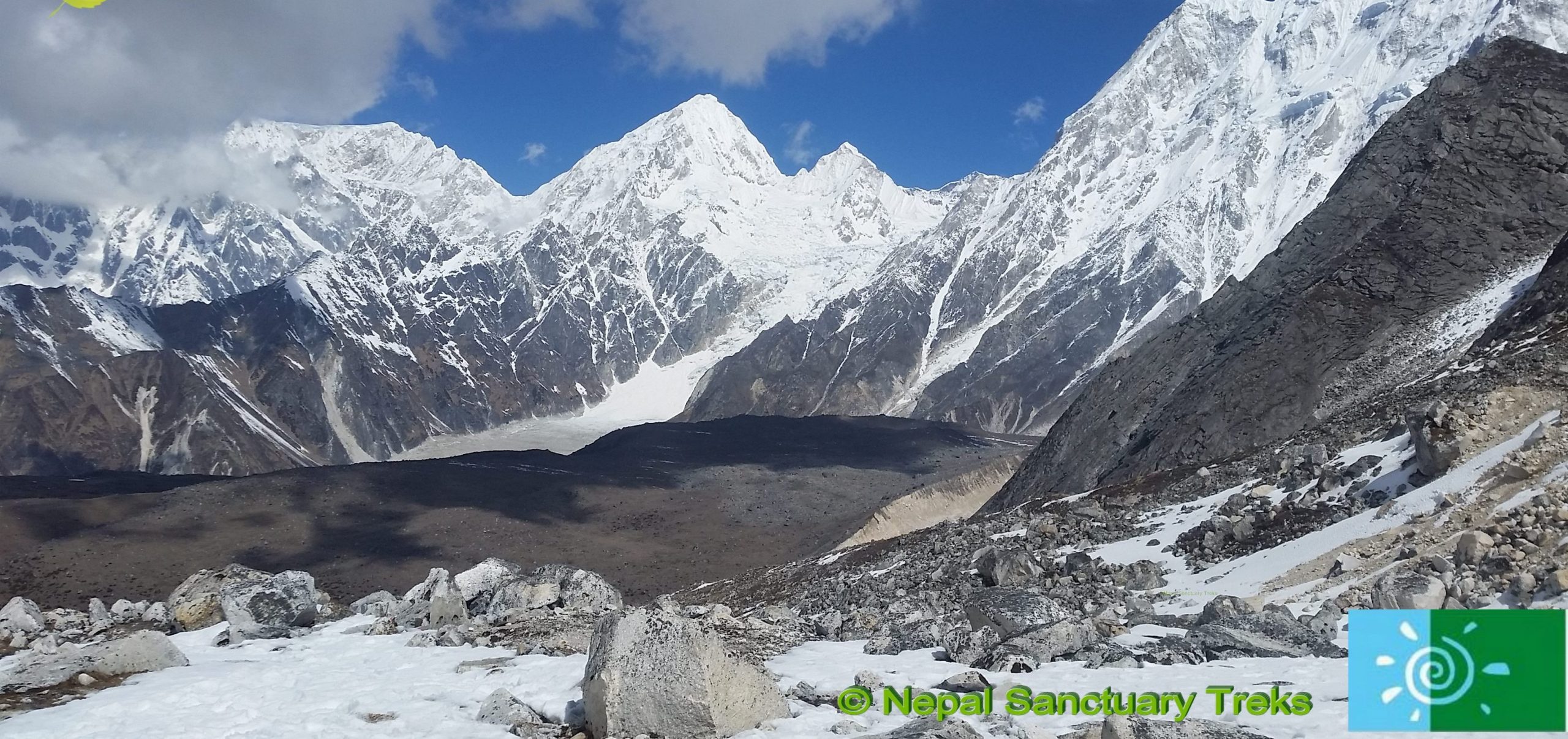
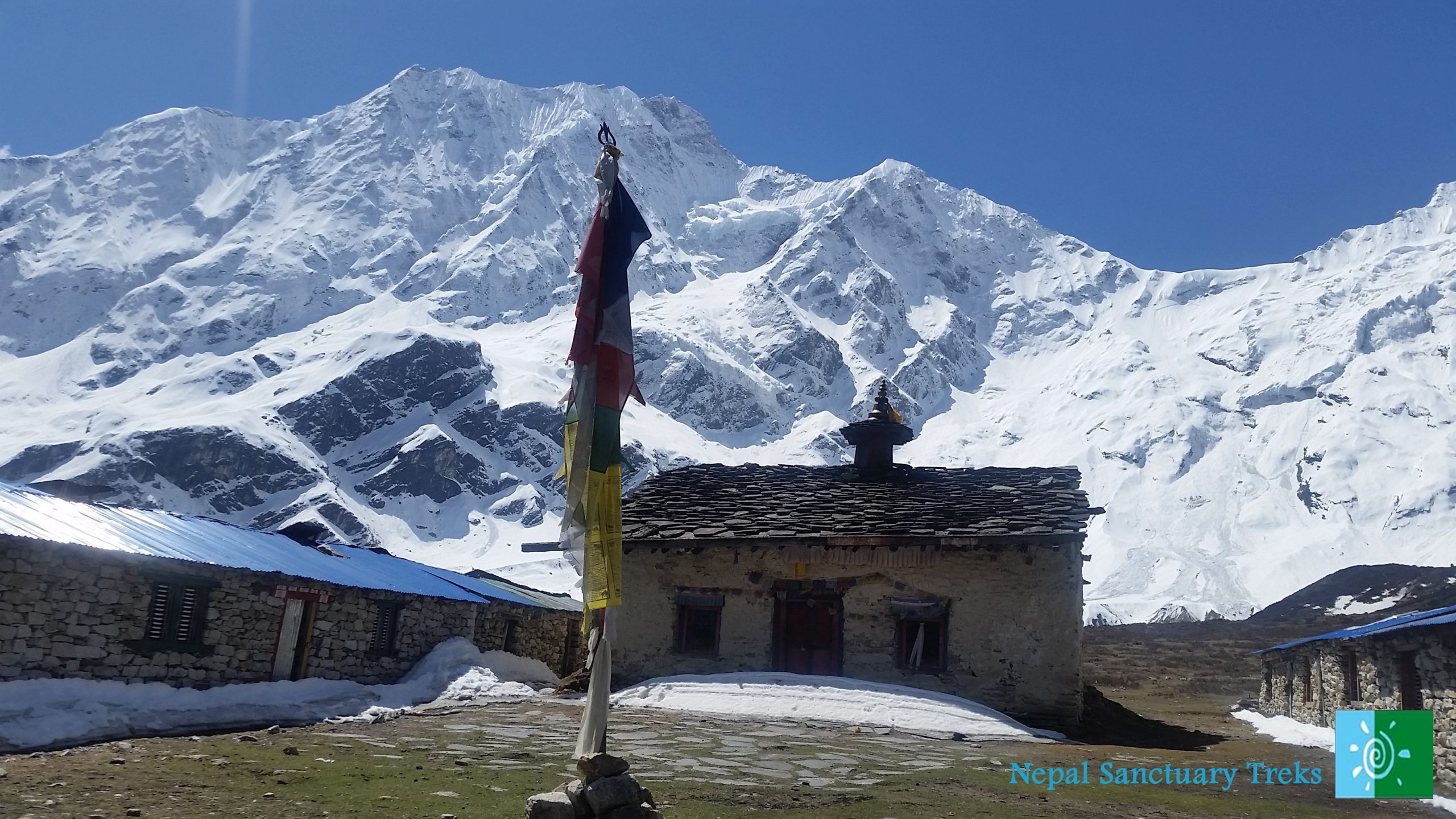
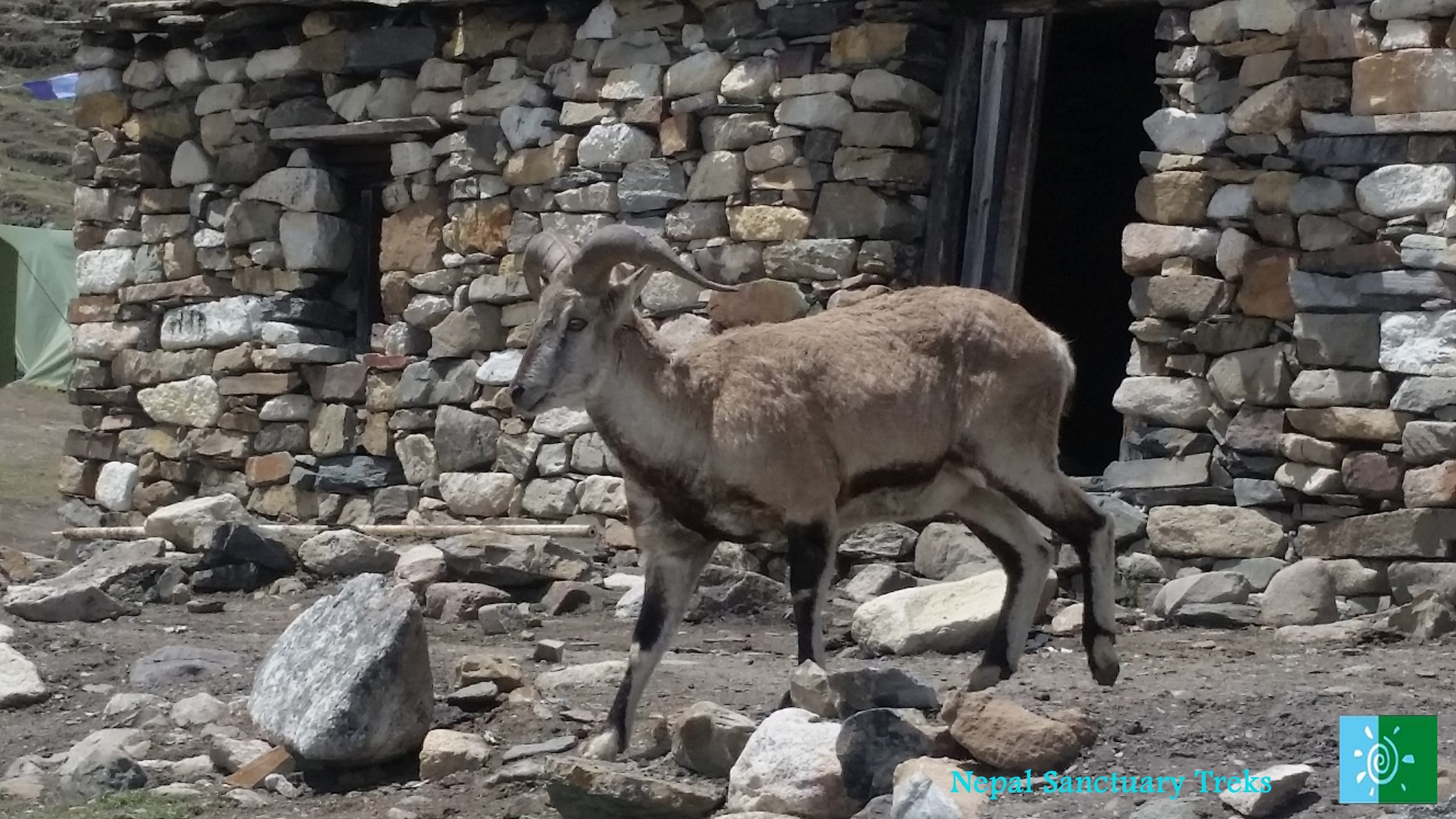
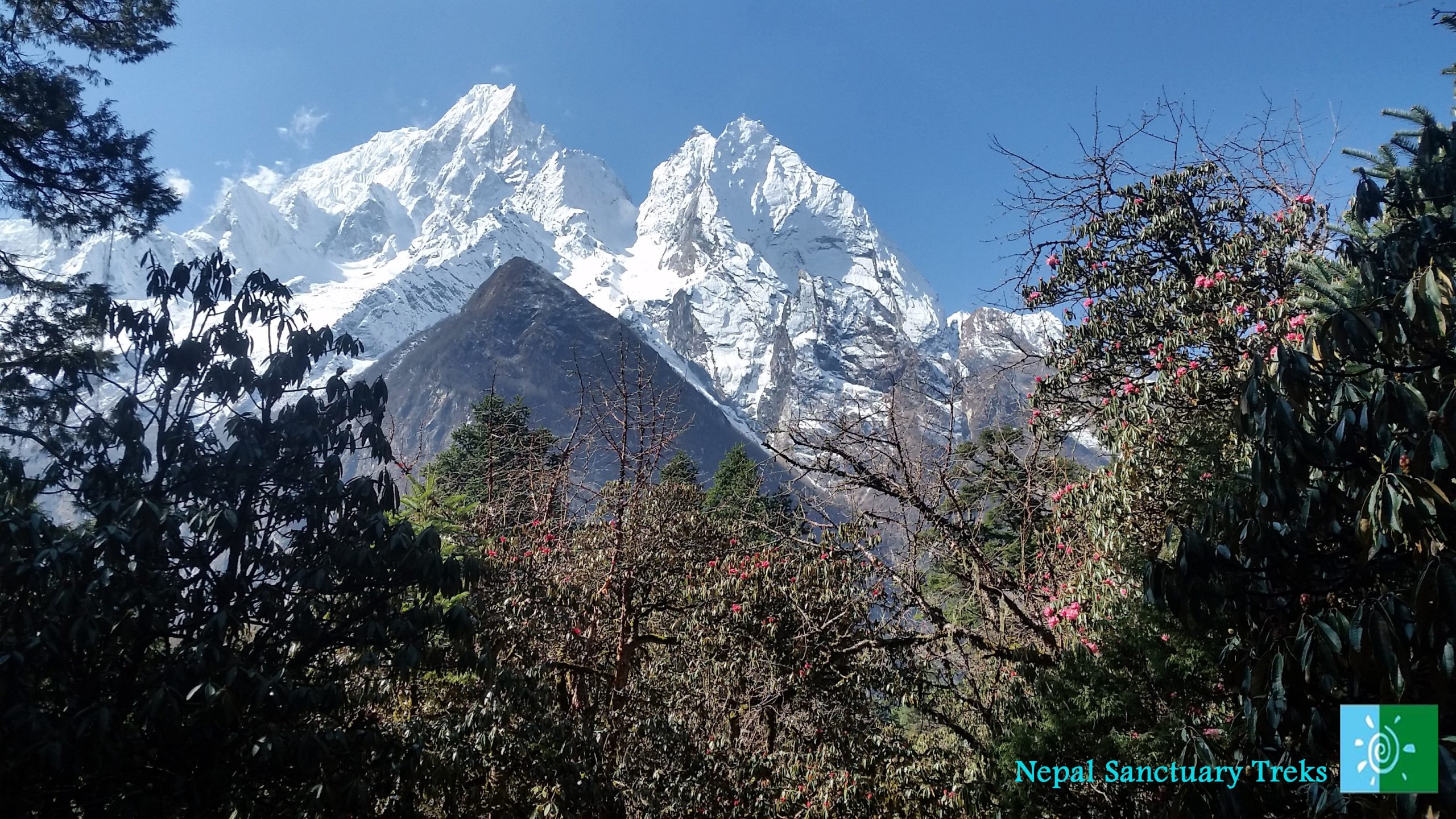
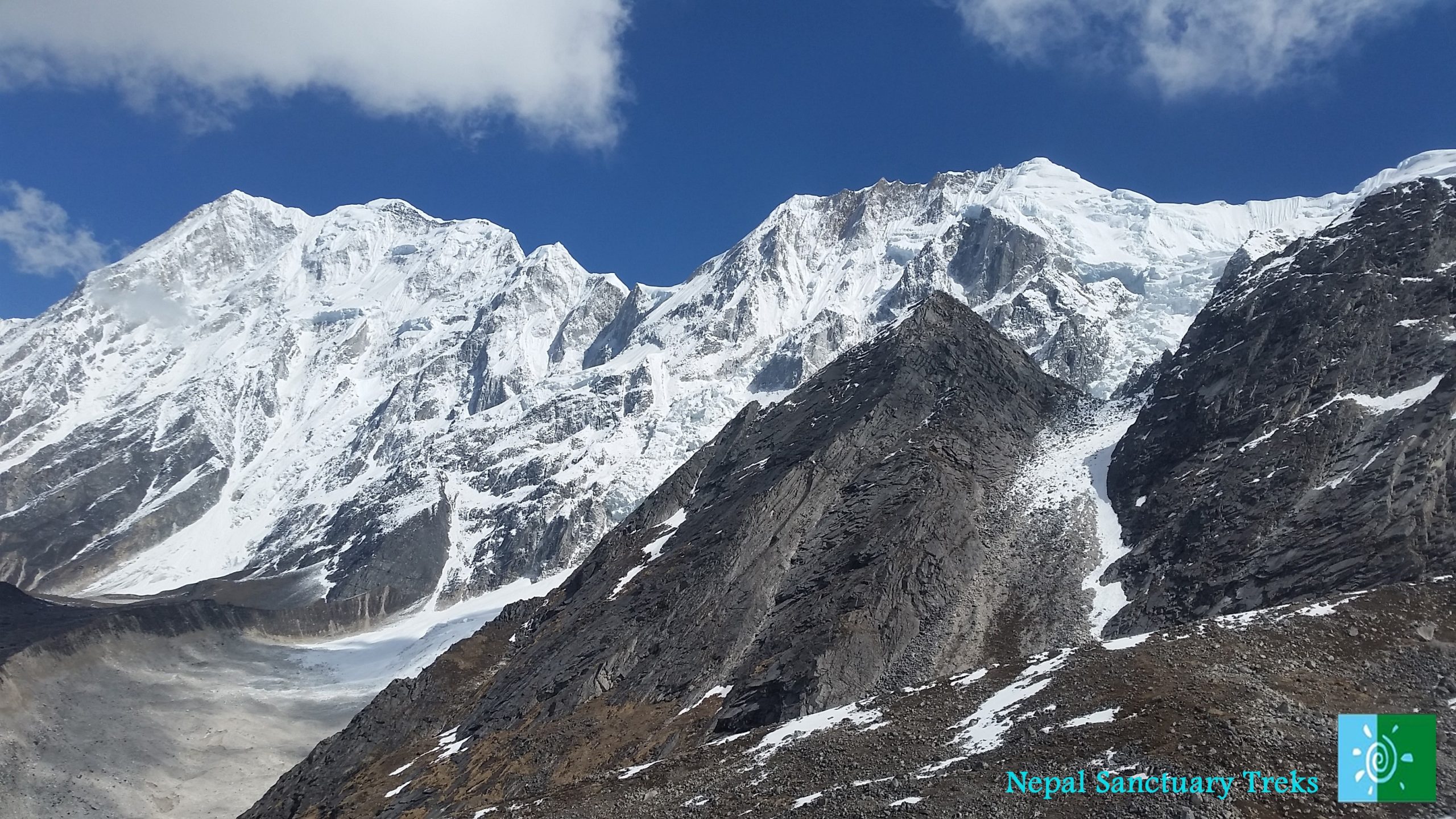
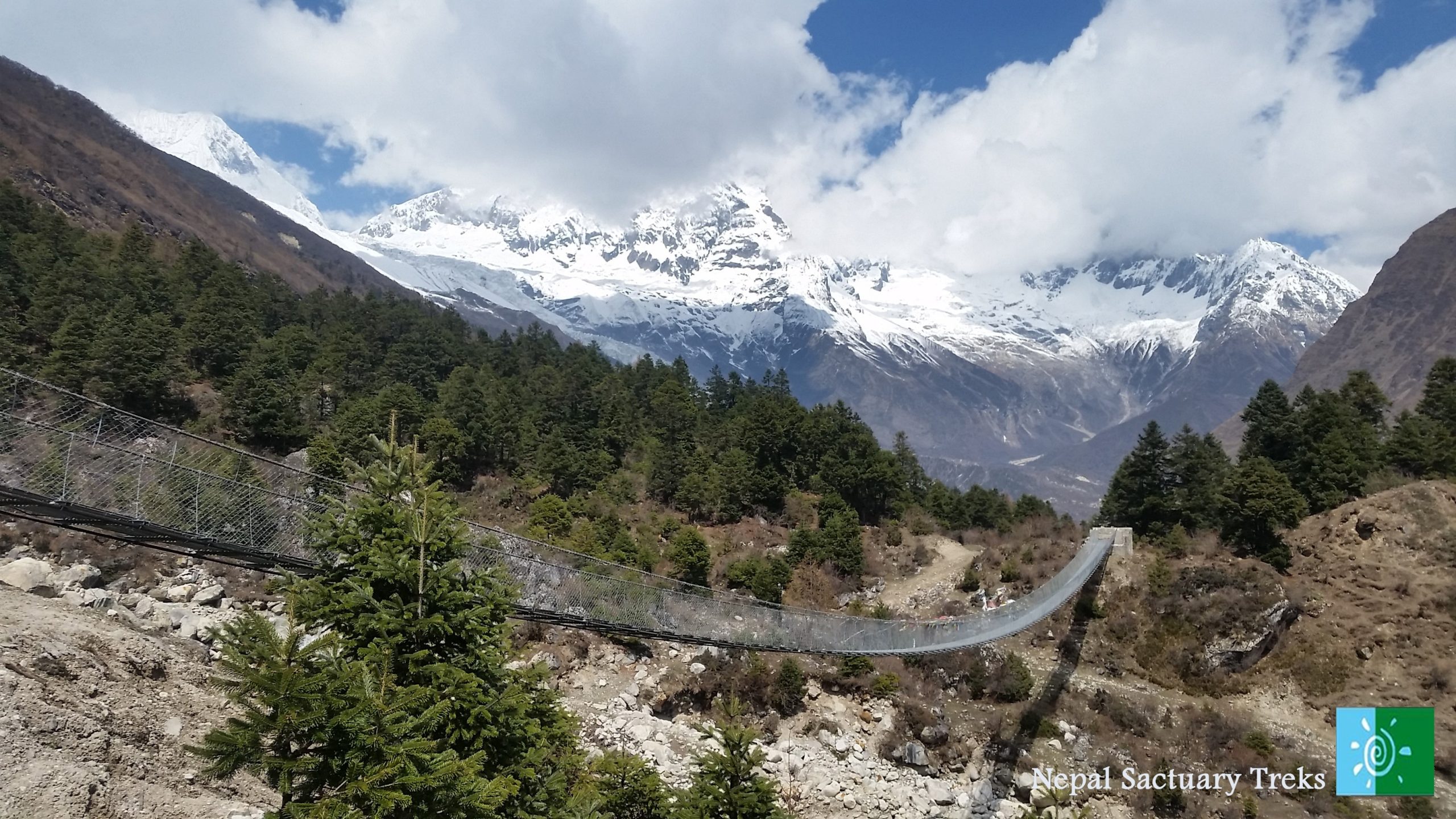
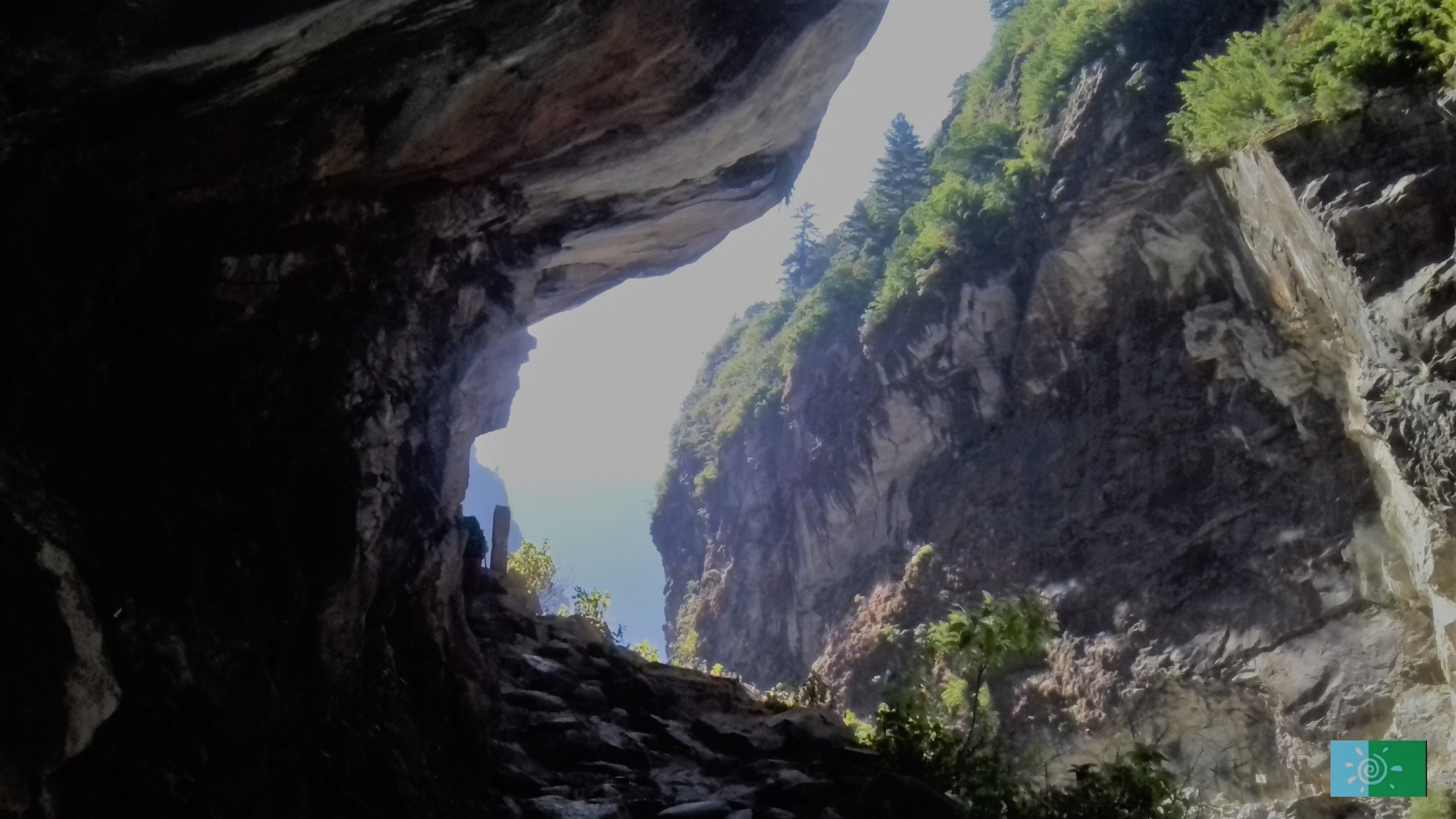


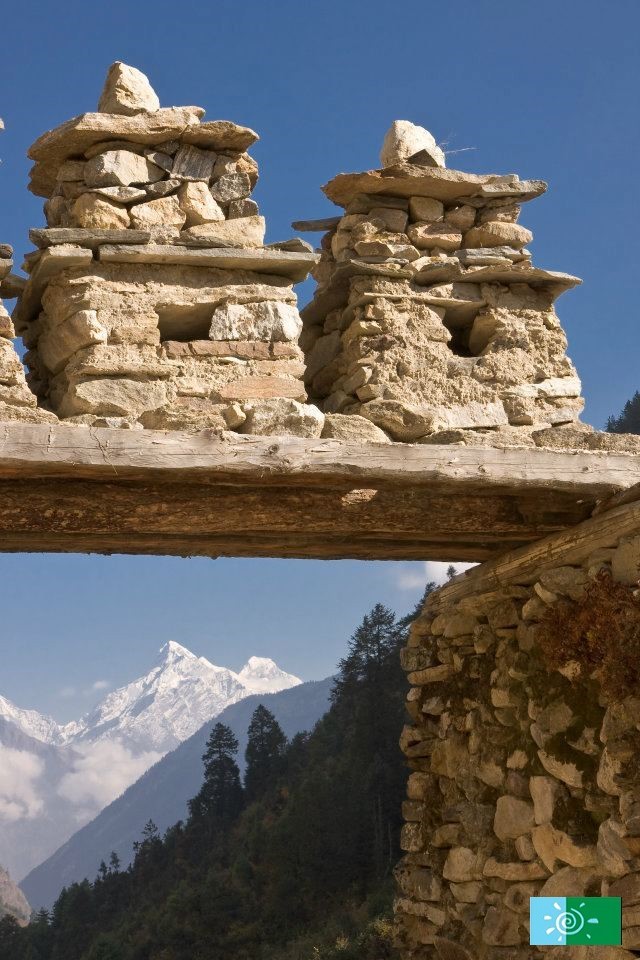

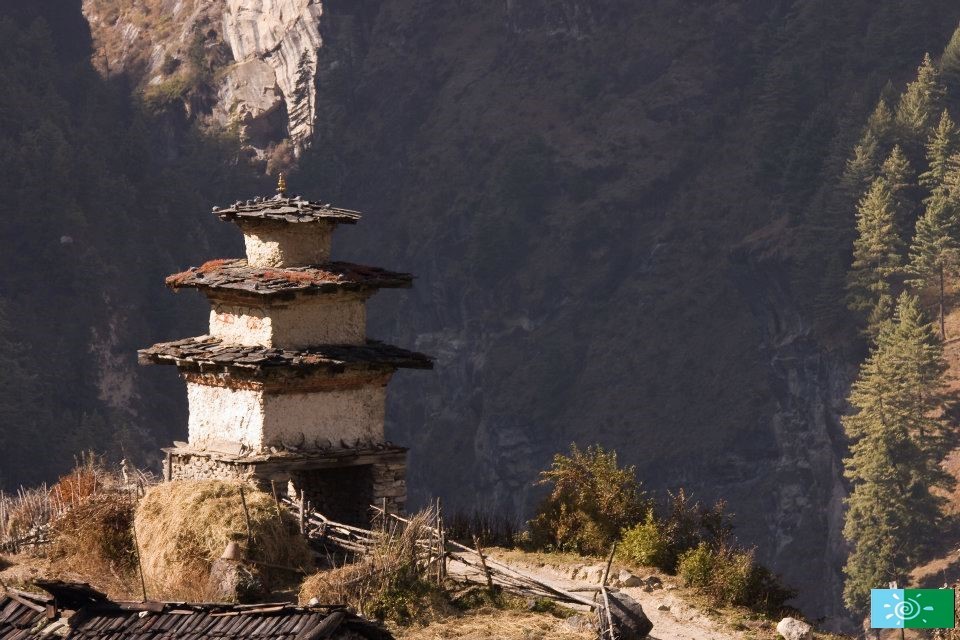
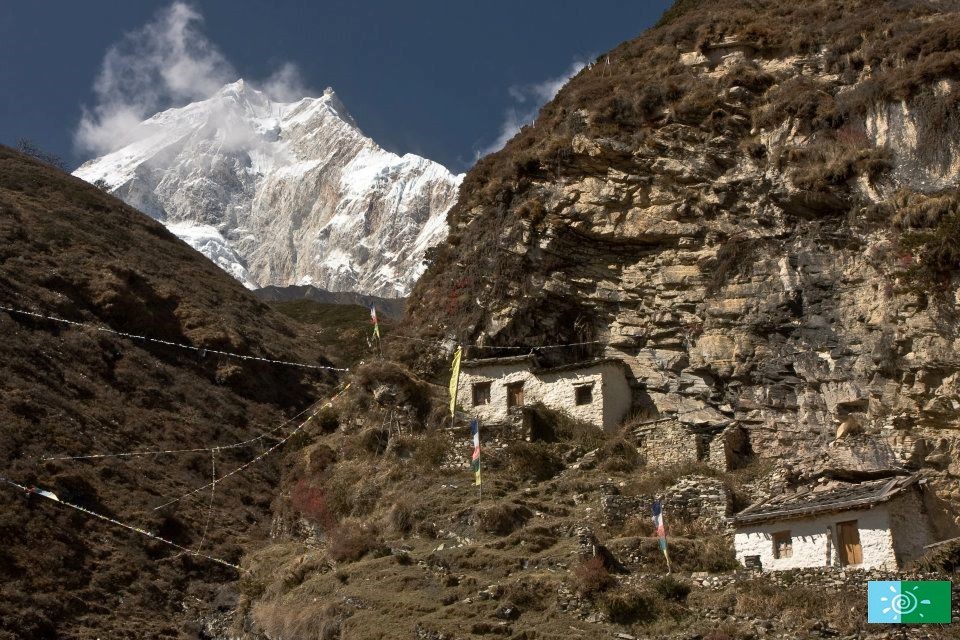
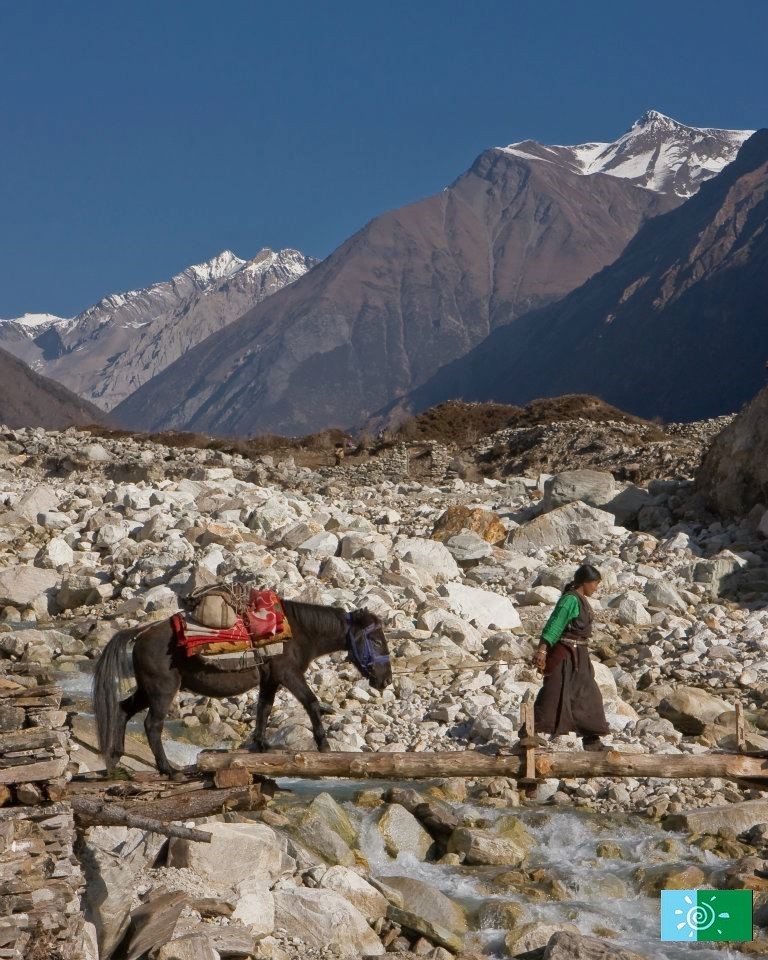
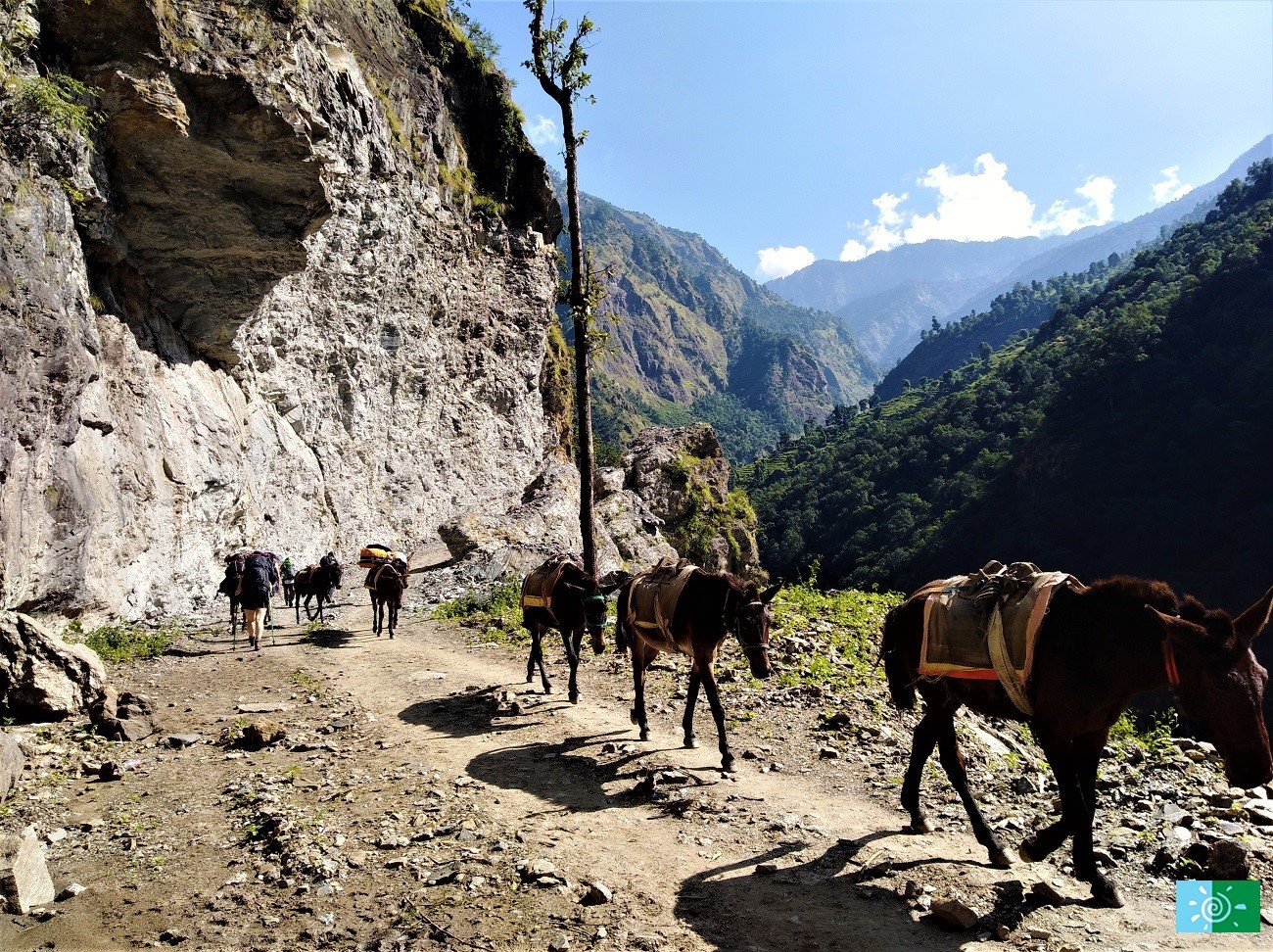
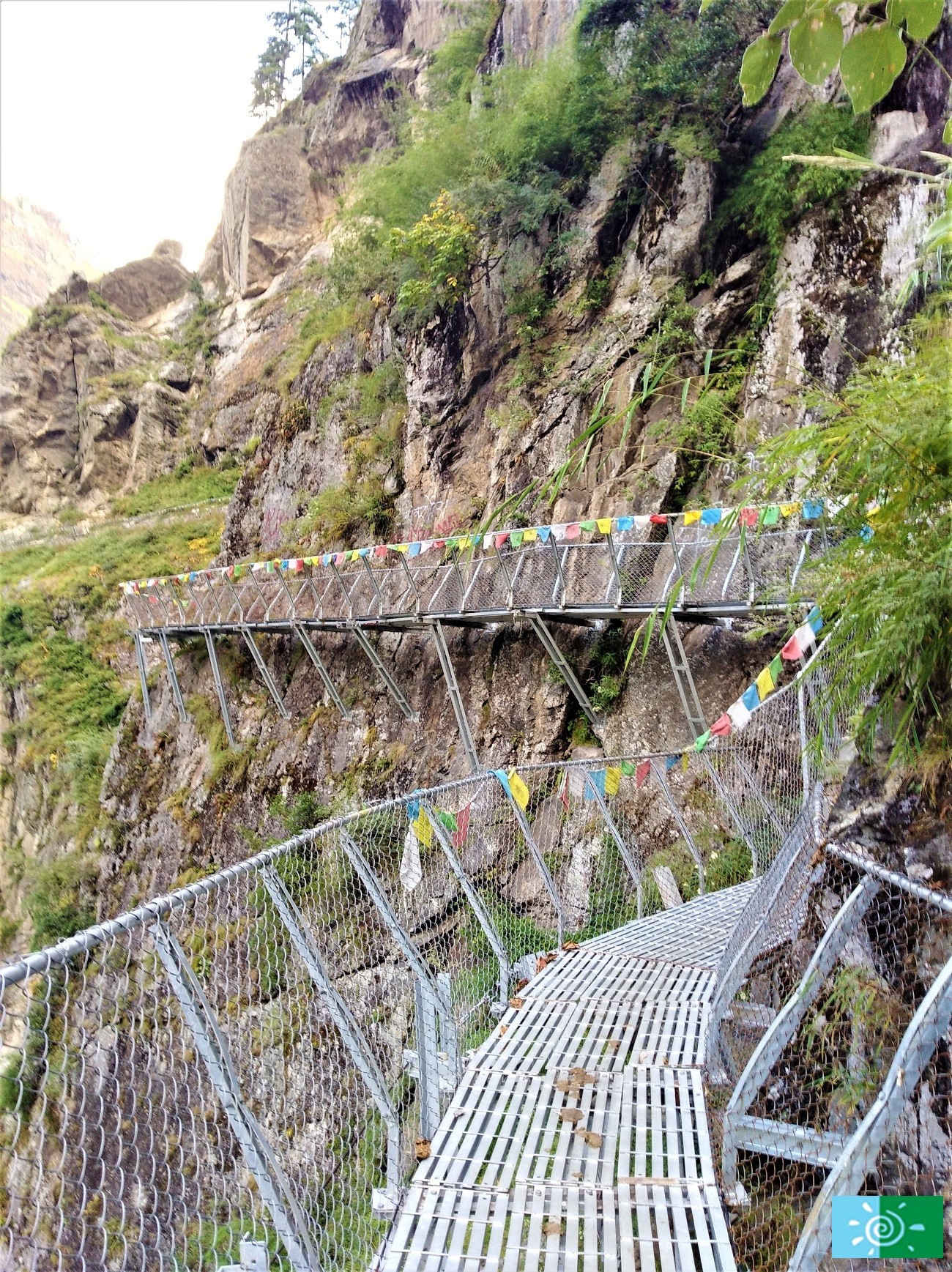
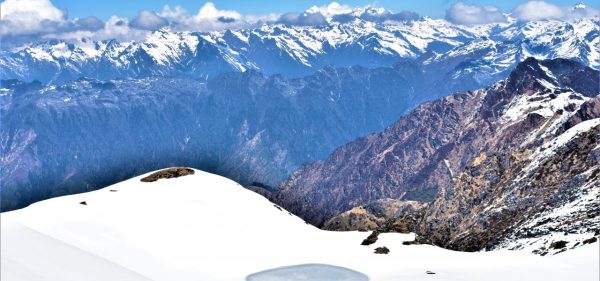
 Altitude:
6143 m/20,154 ft.
Altitude:
6143 m/20,154 ft.
 Difficulty:
Strenuous
Difficulty:
Strenuous
